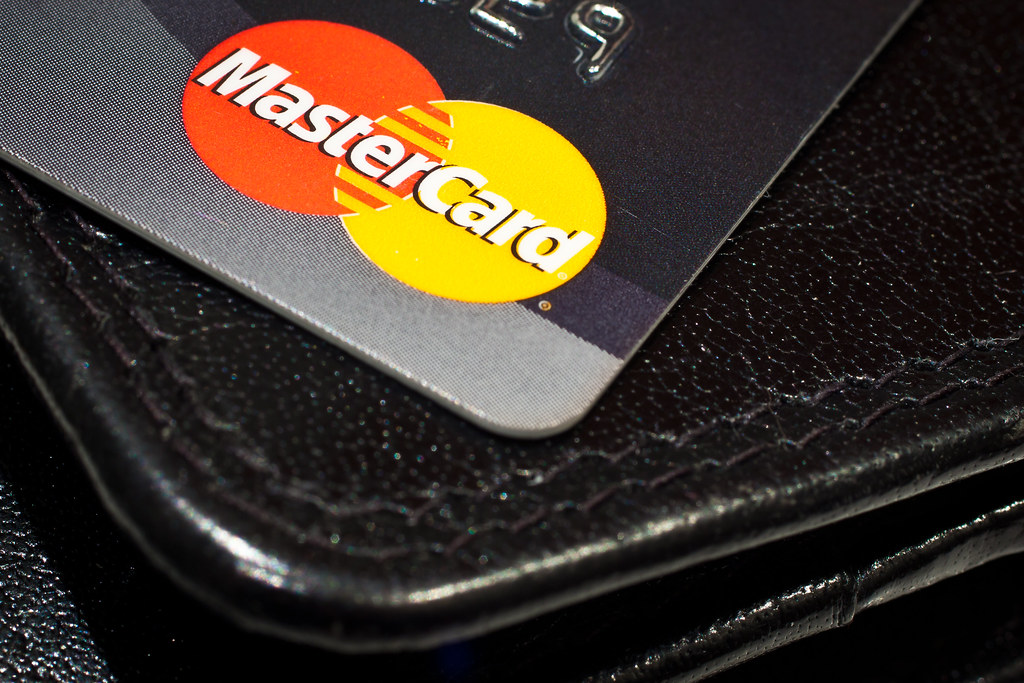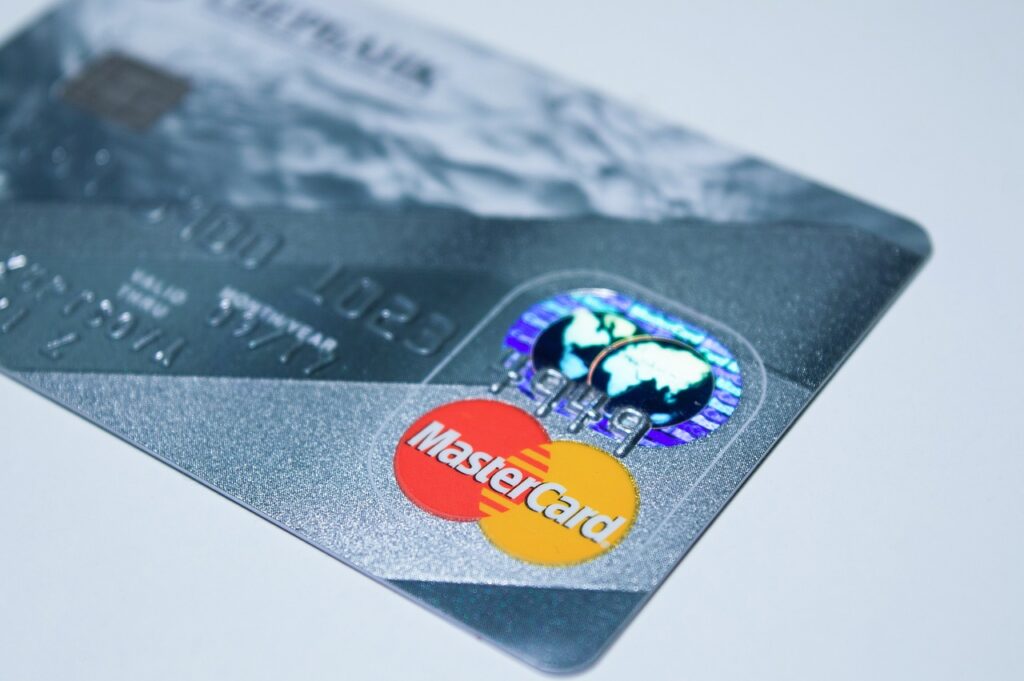Main Points:
- 30% Tokenization: Approximately 30% of Mastercard’s total transactions are now executed using digital tokens, signaling a significant shift towards blockchain-based commerce.
- Innovative Infrastructure: The Mastercard Multi-Token Network™ enables secure, programmable payments and inter-blockchain interoperability.
- Strategic Partnerships: Collaborations with key players like MetaMask expand the use of cryptocurrencies in everyday commerce.
- Regulatory Evolution: The growing influence of stablecoins and evolving regulatory frameworks in the US are reshaping the digital payments landscape.
- Risk Management: Despite rapid expansion in crypto and blockchain initiatives, Mastercard maintains strict risk controls and continuous monitoring of its partners.
- Industry Outlook: Recent developments, including legislative efforts and global market trends, signal that the integration of digital assets into mainstream finance is set to accelerate.
1. Embracing the Blockchain Future
In an era marked by rapid digital transformation, traditional financial institutions are reinventing themselves by embracing blockchain and digital asset technologies. Among these pioneers is Mastercard, a global payments giant that has not only recognized the potential of blockchain but has actively integrated it into its core operations. In its recent annual report submitted to the U.S. Securities and Exchange Commission (SEC), Mastercard announced that nearly 30% of its transactions are now tokenized—executed through digital tokens rather than traditional methods. This bold move not only underscores the company’s commitment to innovation but also sets a precedent for the future of payment processing.
Mastercard’s initiatives in blockchain technology are multifaceted, ranging from the development of proprietary networks to strategic partnerships with influential players in the cryptocurrency ecosystem. These efforts are designed to enhance transaction security, streamline cross-border payments, and ultimately provide consumers with more efficient and versatile payment options. As regulatory frameworks begin to catch up with technological advancements, Mastercard is positioning itself at the forefront of this digital revolution.
2. Mastercard Multi-Token Network™: Redefining Digital Payments
One of the most significant innovations detailed in Mastercard’s report is the Mastercard Multi-Token Network™. Launched in 2023, this cutting-edge network is built to facilitate programmable payments across various blockchain platforms. The system leverages a set of standardized protocols that enable secure, interoperable transactions between different blockchain networks, effectively bridging the gap between traditional financial systems and the emerging world of digital assets.
The Multi-Token Network™ is a cornerstone of Mastercard’s blockchain strategy. By ensuring that transactions are not only secure but also programmable, the network opens up a realm of possibilities for financial institutions. Banks and other payment providers can now integrate blockchain capabilities into their existing systems, allowing for real-time verification, enhanced fraud prevention, and the possibility of smart contract-enabled payment automation.
Furthermore, the tokenization process—whereby real-world transactions are converted into digital tokens—enhances traceability and transparency. This is particularly important in an industry where trust and security are paramount. Mastercard’s initiative represents a significant shift away from conventional transaction processing, embracing a model that aligns with the digital age’s demand for speed, efficiency, and reliability.
3. Strategic Partnerships: Bridging Crypto and Everyday Commerce
Mastercard’s foray into the digital asset space is not limited to internal technological innovations. The company has actively sought partnerships with prominent crypto platforms and digital wallet providers. A prime example is the collaboration with MetaMask, a well-known cryptocurrency wallet that supports multiple blockchains, including Ethereum (ETH).
In December 2024, Mastercard launched a pilot version of the “MetaMask Card,” enabling users to shop at any merchant that accepts Mastercard using their digital assets. This collaboration signifies an important step towards mainstream acceptance of cryptocurrencies as a viable payment method. Consumers can now seamlessly convert their digital assets into fiat currency at the point of sale, thereby eliminating the friction often associated with crypto transactions.
The integration with MetaMask is emblematic of Mastercard’s broader strategy to create an inclusive digital payments ecosystem. By working with established players in the crypto space, Mastercard ensures that it remains relevant in a rapidly evolving market. This strategic alignment not only enhances the customer experience but also opens up new avenues for revenue generation, as digital asset transactions become an increasingly significant component of the global payments landscape.
4. Stablecoins and the Changing Regulatory Environment
As the world of digital payments evolves, so too does the regulatory environment that governs it. Mastercard’s report highlights the growing influence of stablecoins—cryptocurrencies pegged to traditional assets such as the U.S. dollar—as major competitors in the payments space. The inherent stability, efficiency, and ease of access offered by stablecoins make them an attractive option for both consumers and businesses.
In the United States, the regulatory outlook for digital assets is in flux, with significant legislative momentum building under the current administration. Recent proposals in both the Senate and the House of Representatives aim to establish a clear regulatory framework for stablecoins. For instance, legislation spearheaded by House Financial Services Committee Chairman French Hill seeks to create a comprehensive framework for the issuance and management of U.S. dollar-pegged stablecoins. Proponents argue that such regulation could strengthen the role of the U.S. dollar as a global reserve currency by ensuring that digital payments remain secure and reliable.
Similarly, in the Senate, Representative Bill Hagerty has introduced a bill focused on fostering national innovation in the stablecoin space. This legislation is designed to balance the need for security with the desire to encourage innovation. The ultimate goal is to create an environment where stablecoins can flourish, providing a secure yet dynamic alternative to traditional fiat currencies.
Mastercard’s recognition of these trends underscores the importance of adapting to an increasingly complex regulatory landscape. By remaining agile and proactive in its approach, the company is well-positioned to navigate the uncertainties of digital asset regulation while continuing to drive innovation in the payments industry.

5. Global Trends and Recent Developments in the Crypto Sphere
While Mastercard’s initiatives are leading the charge, the broader digital asset ecosystem is experiencing rapid growth and diversification. Beyond the U.S., several global trends have emerged that highlight the transformative potential of blockchain technology.
- Expansion of Decentralized Finance (DeFi): Decentralized finance platforms continue to disrupt traditional banking by offering services such as lending, borrowing, and yield farming without the need for intermediaries. This trend is driving further interest in blockchain-based payment systems.
- Central Bank Digital Currencies (CBDCs): Governments around the world are exploring CBDCs as a means to modernize their financial systems. These digital versions of fiat currencies could coexist with traditional payment methods, creating new opportunities for integration with networks like Mastercard’s Multi-Token Network™.
- Institutional Adoption: Large financial institutions and corporations are increasingly investing in digital assets and blockchain technologies. This institutional involvement is lending credibility to the crypto space and paving the way for broader acceptance.
- Technological Innovation: Advances in cryptographic security, blockchain scalability, and cross-chain interoperability are continually reshaping the capabilities of digital payment systems. Mastercard’s initiatives are part of a larger trend towards more secure and efficient digital transactions.
Recent developments also indicate that emerging technologies are converging with blockchain solutions. Innovations in artificial intelligence (AI), machine learning, and data analytics are being integrated into blockchain platforms to enhance transaction security and customer insights. As a result, companies like Mastercard are better equipped to anticipate market trends and tailor their offerings to meet evolving consumer demands.
6. The Importance of Risk Management and Continuous Monitoring
Amid all these innovations and strategic partnerships, Mastercard emphasizes that its journey into the digital asset space is underpinned by robust risk management practices. As with any transformative technology, blockchain and cryptocurrencies come with inherent risks—ranging from cybersecurity threats to regulatory uncertainties. To mitigate these risks, Mastercard has implemented stringent risk controls and continuously monitors its crypto-related partners.
This proactive approach to risk management is critical in maintaining trust among consumers and regulatory bodies alike. By adhering to strict compliance standards and leveraging advanced security protocols, Mastercard ensures that its foray into blockchain technology does not compromise the safety and reliability of its payment systems. The company’s commitment to rigorous oversight reflects a broader industry trend: as digital assets become more integrated into mainstream finance, robust risk management will be essential to safeguard the ecosystem.
7. Looking Ahead: The Future of Blockchain Payments
As Mastercard continues to expand its blockchain and cryptocurrency operations, the implications for the broader financial industry are profound. The integration of digital assets into everyday transactions represents a seismic shift in how commerce is conducted. With nearly a third of transactions already tokenized, the path towards a more digital, efficient, and interconnected payments system is becoming increasingly clear.
Looking ahead, several key trends are likely to shape the future of blockchain payments:
- Increased Interoperability: As more financial institutions adopt blockchain technology, the ability to seamlessly transact across different networks will become a critical competitive advantage.
- Expansion of Digital Ecosystems: Strategic partnerships between traditional banks, fintech companies, and crypto platforms will lead to the creation of comprehensive digital ecosystems that cater to diverse consumer needs.
- Regulatory Clarity: With ongoing legislative efforts, the regulatory landscape for digital assets is expected to become more defined, providing a stable framework for innovation and growth.
- Consumer Adoption: As digital wallets and crypto-enabled payment cards become more prevalent, consumer acceptance of digital assets as a medium of exchange will likely increase, further driving market adoption.
Mastercard’s efforts are emblematic of a broader shift in the financial sector. As traditional institutions embrace the digital transformation, they not only enhance their own capabilities but also contribute to the evolution of the global payments infrastructure. For consumers and investors alike, these developments represent exciting opportunities to engage with the next frontier of finance.
8. A New Era for Digital Payments
Mastercard’s annual report serves as a clarion call to the financial world: the future of payments is digital, secure, and interconnected. With nearly 30% of its transactions now tokenized and a suite of innovative blockchain solutions in place, Mastercard is leading the charge in the digital asset revolution. By forging strategic partnerships, investing in cutting-edge technology, and navigating a complex regulatory environment, the company is setting new benchmarks for how financial transactions can be conducted in the 21st century.
For those seeking new crypto assets, innovative revenue streams, or practical applications of blockchain technology, Mastercard’s initiatives offer a glimpse into the future of finance. As digital payments continue to evolve, the integration of cryptocurrencies and stablecoins into everyday commerce is poised to reshape the industry, creating a more secure, efficient, and inclusive financial ecosystem.
In summary, Mastercard’s bold steps in integrating blockchain and digital assets into its payment networks not only underscore the transformative potential of these technologies but also provide a roadmap for other financial institutions aiming to navigate the rapidly changing landscape of digital commerce. The convergence of technology, regulation, and strategic innovation marks the beginning of a new era in payments—one where the promise of blockchain is fully realized for businesses and consumers alike.


